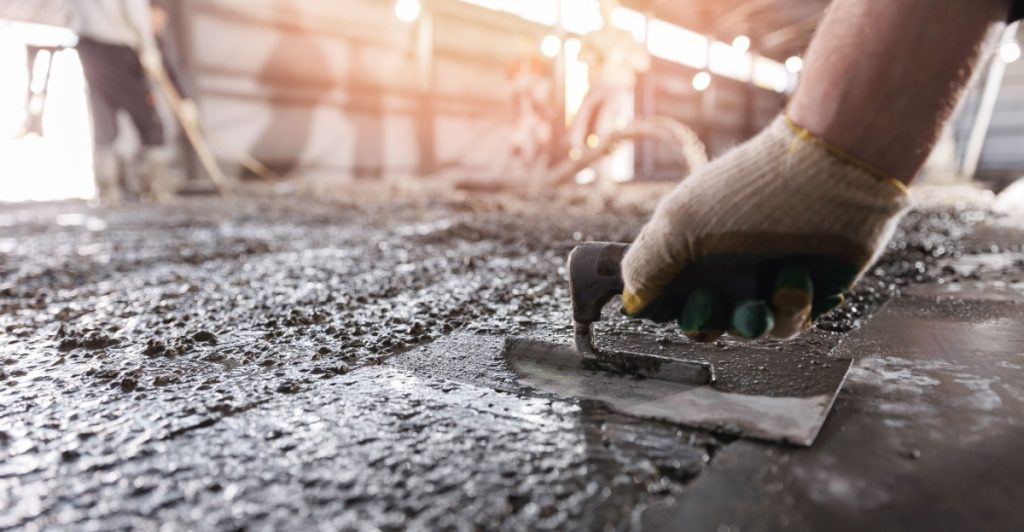In a world-first breakthrough, researchers at Aarhus University have developed “living cement” — a revolutionary material that can store and release energy.
Others are reading now
In a world-first breakthrough, researchers at Aarhus University have developed “living cement” — a revolutionary material that can store and release energy.
A Revolution in Construction
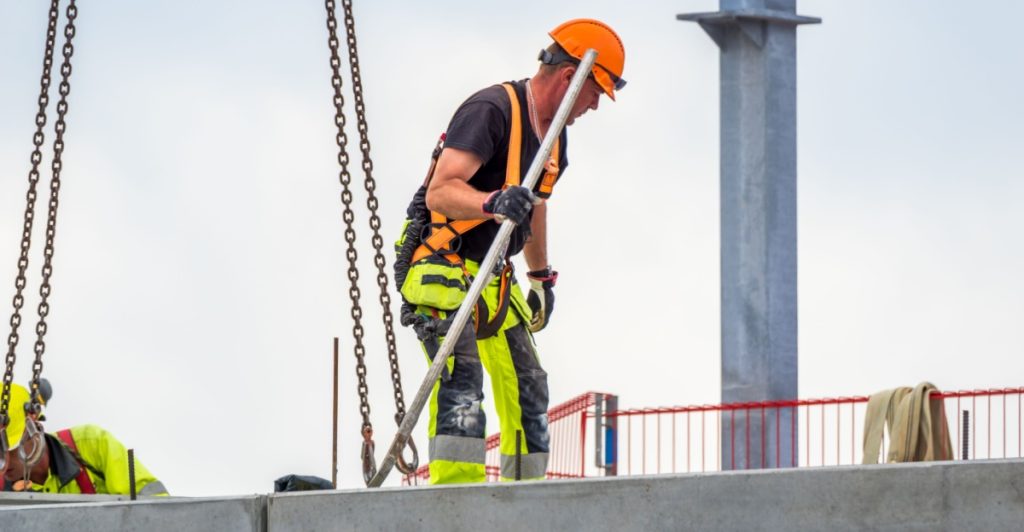
The building industry is undergoing a technological transformation. Now, Danish scientists have unveiled a new type of cement that does more than hold structures together — it can generate and store electricity.
The Power of Bacteria

The cement integrates Shewanella oneidensis, a bacterium capable of extracting electrons from its cells. This allows the material to form an internal charge network that functions like a battery.
Outperforming Traditional Storage
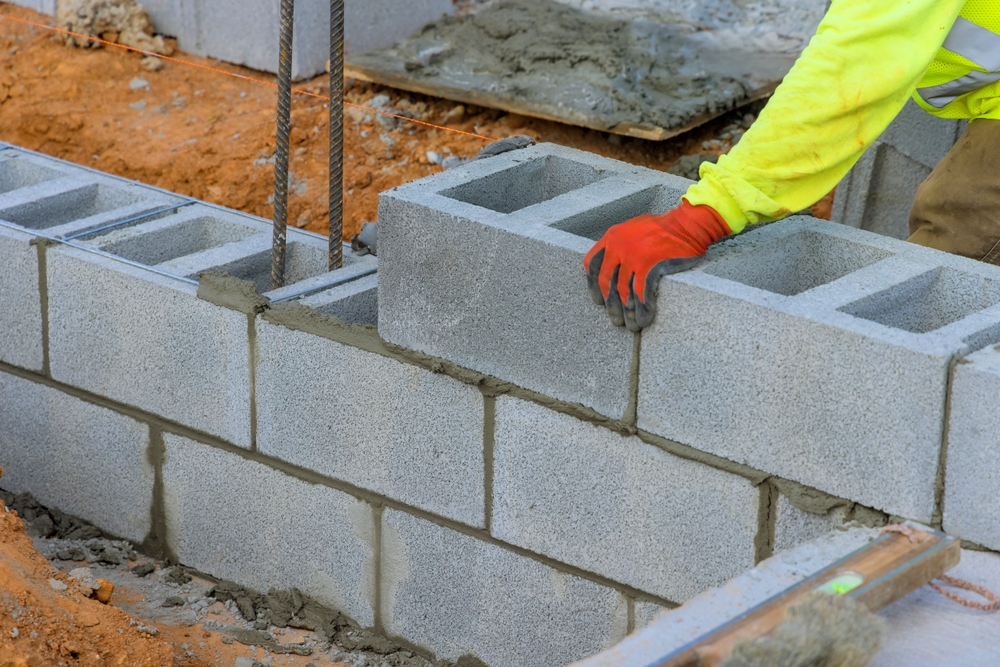
Initial tests show that this bio-cement already rivals — and in some cases surpasses — conventional energy storage devices. At the same time, it retains the durability expected from modern construction materials.
Feeding the Living Cement

Bacteria need nutrients to stay active. Researchers solved this by embedding a microfluidic system in the cement that delivers essential proteins, vitamins, and salts — even reviving dormant microbes.
Also read
Self-Recharging Infrastructure

This system enables the material to regain up to 80% of its energy storage capacity, making it a recoverable energy source. Structures could recharge over time without replacing any part of the material.
Lighting Up from Cement Blocks
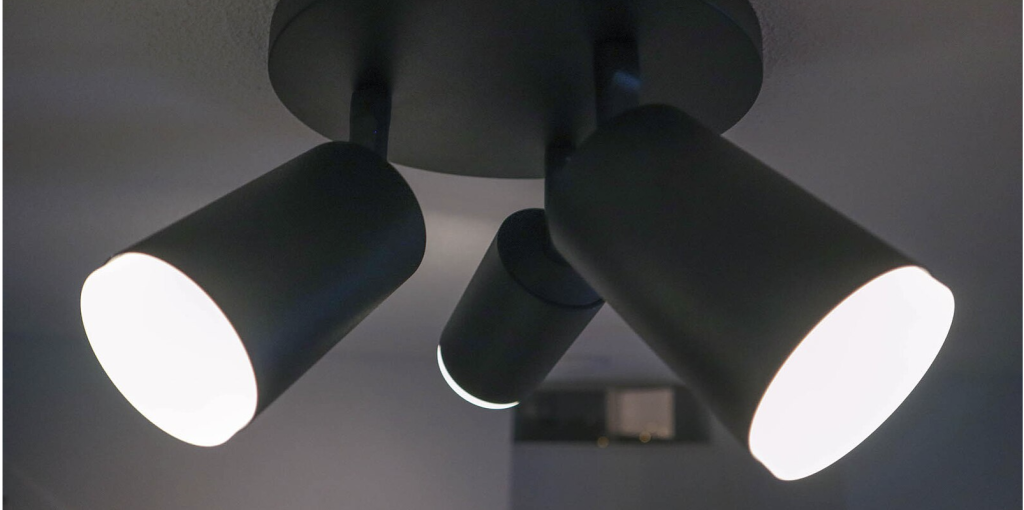
In practical tests, six cement blocks produced enough electricity to power an LED lamp — a small step that points to massive future potential in urban infrastructure.
From Walls to Power Plants
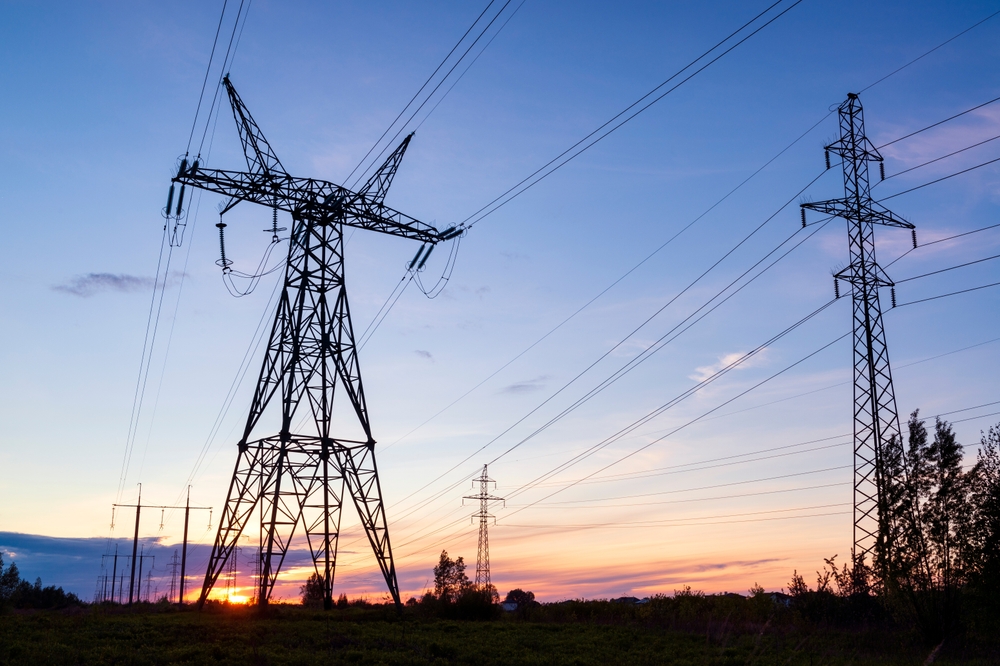
Lead researcher Qi Luo believes this isn’t just theoretical. The material could be used in walls, foundations, and bridges, essentially turning entire buildings into distributed energy systems.
Sustainable and Resilient
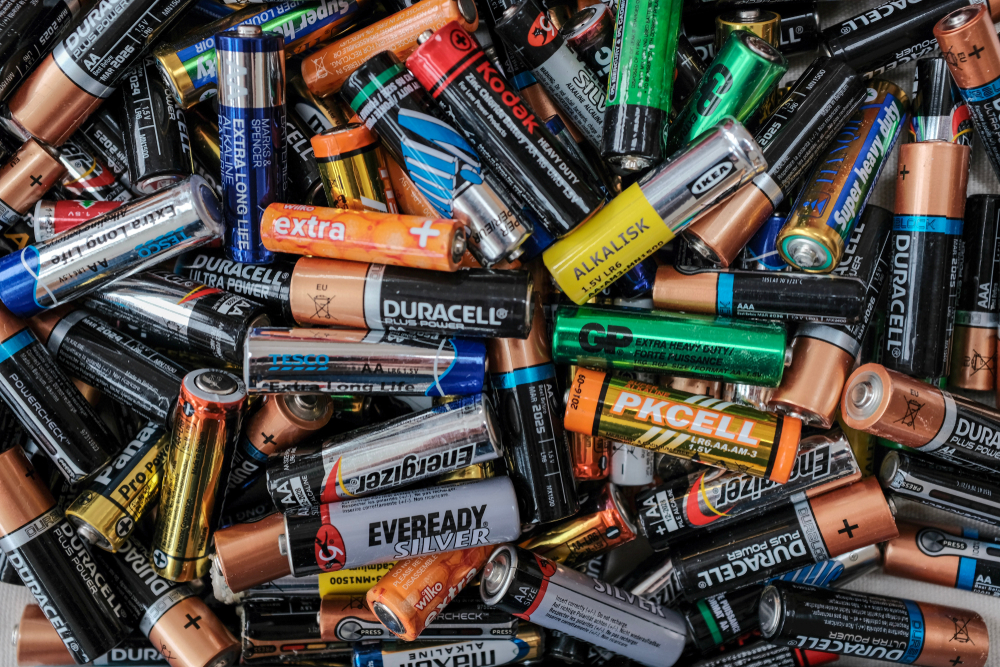
Unlike batteries that degrade over time, this living material is designed for long-term use. The built-in nutrient system helps maintain its energy function, even under stress or aging.
A New Frontier for Smart Cities
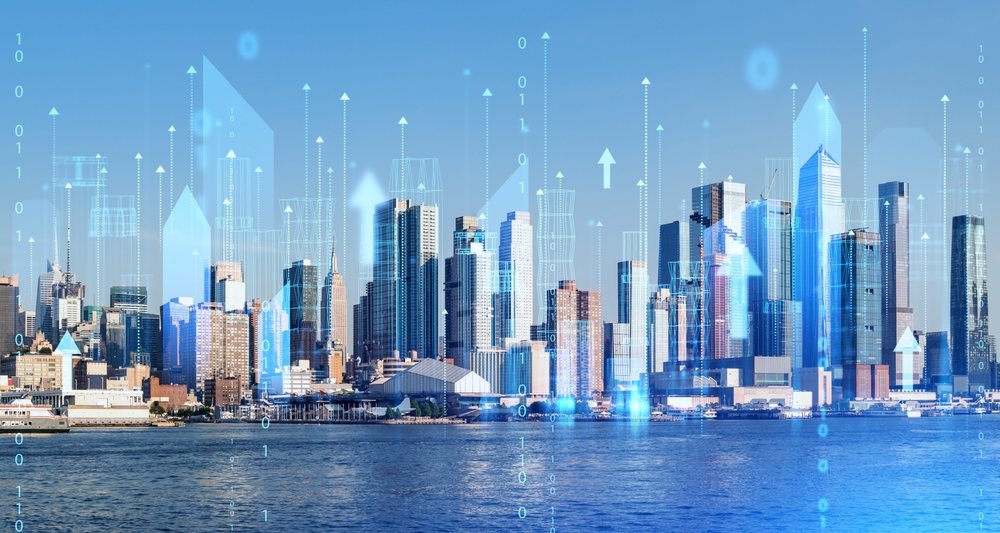
As cities seek greener and more efficient energy solutions, living cement may become a cornerstone of smart architecture — where buildings generate, store, and manage their own power.

